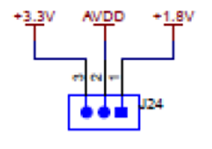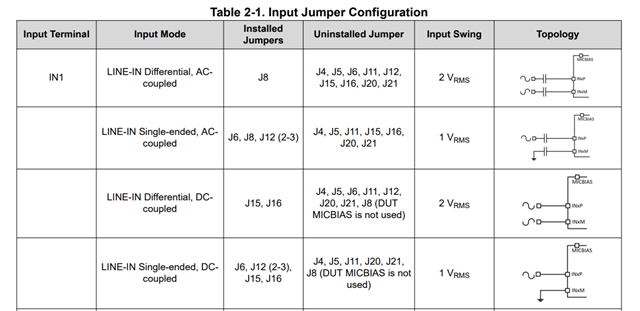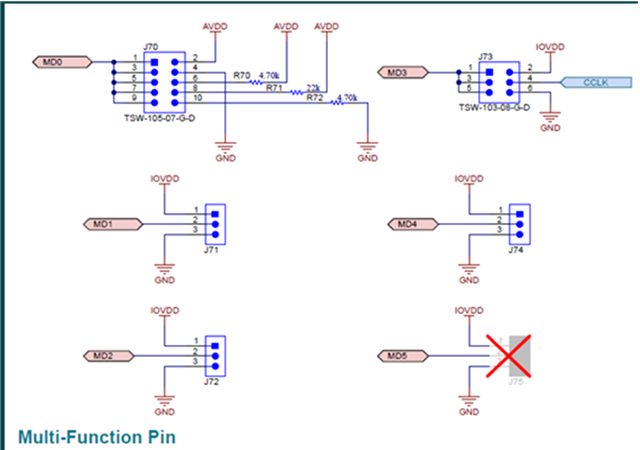Tool/software:
Hi,
1. When operating at Fs=192 kHz with the following settings, the gain is +6dB. When operating at Fs=48 kHz or 96 kHz by changing the CCLK, the gain is also +6dB.
I could not find the specification of gain +6dB on the data sheet, but is this correct operation?
2. As shown in the attached measurement results, the output level differs between Single-end and Single-end w/high common mode. Is it the specification of this IC that the output changes depending on the pin setting regardless of the input level?
TAA5242 MDx setting and Input_Output level - コピー.xlsx
< Setting >
The following settings are made in the Controller mode of the ADC.
MD0: Short to AVDD (Controller I2S Mode)
MD2:1: 2’b01 (CCLK/128)
MD3: 24.576MHz CCLK input
MD5:4: 2’b10 Single-Ended input on INxP; AC-Coupled only
*For measurement, the Digital Serial of the APx555 is connected to the pin header of the External ASI of the EVM.
Best Regards,
Nishie








